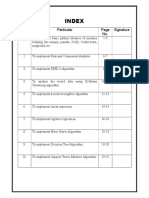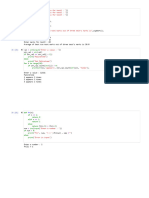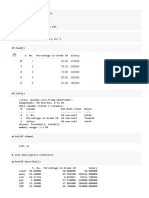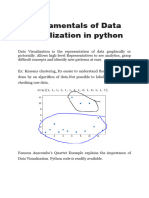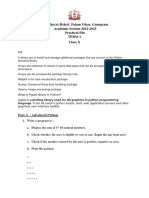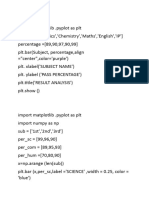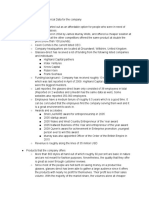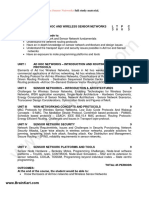0% found this document useful (0 votes)
14 views14 pagesPython
The document contains various Python code snippets demonstrating data visualization using Matplotlib, basic string manipulations, game development with Pygame, and performance metrics calculations using Scikit-learn. It includes examples of generating different types of graphs, implementing a Pong game, and calculating classification metrics like accuracy and precision. The code is structured in segments, each focusing on a specific functionality or concept.
Uploaded by
yoginsiddharthCopyright
© © All Rights Reserved
We take content rights seriously. If you suspect this is your content, claim it here.
Available Formats
Download as TXT, PDF, TXT or read online on Scribd
0% found this document useful (0 votes)
14 views14 pagesPython
The document contains various Python code snippets demonstrating data visualization using Matplotlib, basic string manipulations, game development with Pygame, and performance metrics calculations using Scikit-learn. It includes examples of generating different types of graphs, implementing a Pong game, and calculating classification metrics like accuracy and precision. The code is structured in segments, each focusing on a specific functionality or concept.
Uploaded by
yoginsiddharthCopyright
© © All Rights Reserved
We take content rights seriously. If you suspect this is your content, claim it here.
Available Formats
Download as TXT, PDF, TXT or read online on Scribd
/ 14







